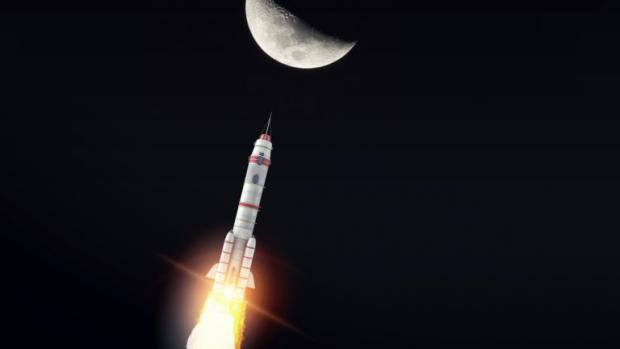
Breaking News
 The Fed's Pivot: The Return of Easy Money and the Inflation Storm Ahead
The Fed's Pivot: The Return of Easy Money and the Inflation Storm Ahead
 This One-Person eVTOL Will Soon Offer Bird's-eye Views of Las Vegas
This One-Person eVTOL Will Soon Offer Bird's-eye Views of Las Vegas
 Emergency Update: Steve Slepcevic Reports Live on Hurricane Melissa's Devastation in Jamaica
Emergency Update: Steve Slepcevic Reports Live on Hurricane Melissa's Devastation in Jamaica
Top Tech News
 Graphene Dream Becomes a Reality as Miracle Material Enters Production for Better Chips, Batteries
Graphene Dream Becomes a Reality as Miracle Material Enters Production for Better Chips, Batteries
 Virtual Fencing May Allow Thousands More Cattle to Be Ranched on Land Rather Than in Barns
Virtual Fencing May Allow Thousands More Cattle to Be Ranched on Land Rather Than in Barns
 Prominent Personalities Sign Letter Seeking Ban On 'Development Of Superintelligence'
Prominent Personalities Sign Letter Seeking Ban On 'Development Of Superintelligence'
 Why 'Mirror Life' Is Causing Some Genetic Scientists To Freak Out
Why 'Mirror Life' Is Causing Some Genetic Scientists To Freak Out
 Retina e-paper promises screens 'visually indistinguishable from reality'
Retina e-paper promises screens 'visually indistinguishable from reality'
 Scientists baffled as interstellar visitor appears to reverse thrust before vanishing behind the sun
Scientists baffled as interstellar visitor appears to reverse thrust before vanishing behind the sun
 Future of Satellite of Direct to Cellphone
Future of Satellite of Direct to Cellphone
 Amazon goes nuclear with new modular reactor plant
Amazon goes nuclear with new modular reactor plant
 China Is Making 800-Mile EV Batteries. Here's Why America Can't Have Them
China Is Making 800-Mile EV Batteries. Here's Why America Can't Have Them
NASA Prepares Spacecraft For First "Powered Flyby Burn" Around Moon

It's about 95,000 miles from the Moon and will make a very close powered flyby burn on Monday.
"Orion's entry into the lunar sphere of influence will make the Moon, instead of Earth, the main gravitational force acting on the spacecraft," the space agency wrote in a press release.
NASA continued: "Flight controllers will conduct an outbound powered flyby burn to harness the force from the Moon's gravity, accelerate the spacecraft, and direct it toward a distant retrograde orbit beyond the Moon. During the outbound powered flyby, Orion will make its closest approach – approximately 80 miles – above to the lunar surface."
Four days later, the second powered flyby burn will "insert Orion into distant retrograde orbit, where it will remain for about a week to test spacecraft systems," NASA said.
Additional flyby details will be provided on Saturday following a meeting with NASA officials.
"Right now, we're looking good, and we're ready to go continue executing," Artemis 1 Flight Director Jeff Radigan said during Friday's briefing.
NASA has laid out a detailed map of the Artemis 1 mission.
Less than 12 hours into the flight after Orion took off from Launch Pad 39B at the space agency's Kennedy Space Center in Florida on Wednesday, the first view of Earth from the spacecraft was released to the public.

 Handicapped America
Handicapped America China Innovates: Transforming Sand into Paper
China Innovates: Transforming Sand into Paper

